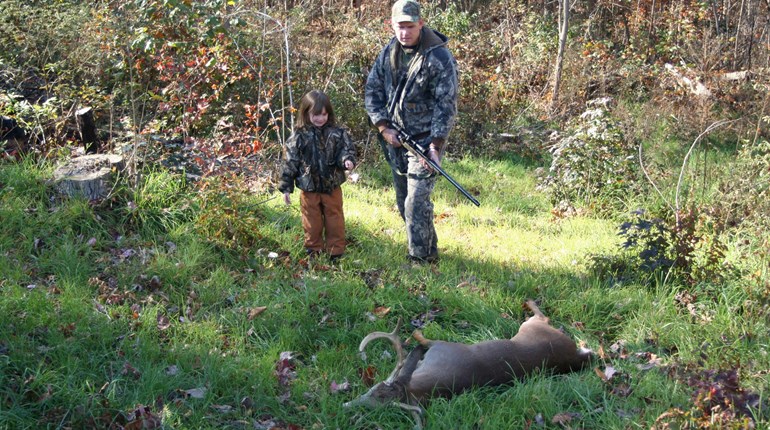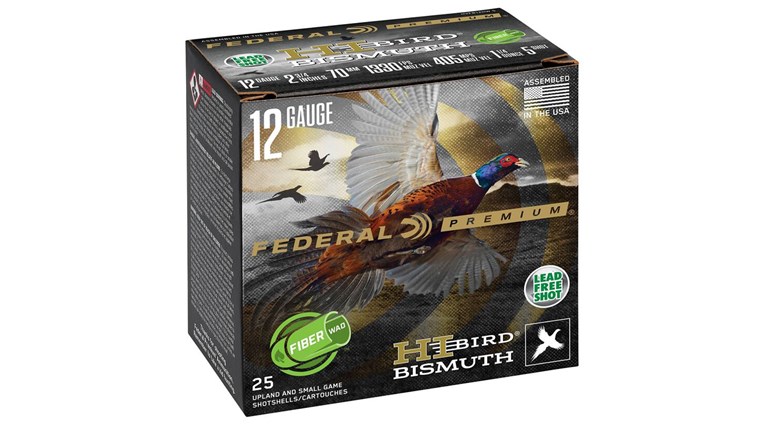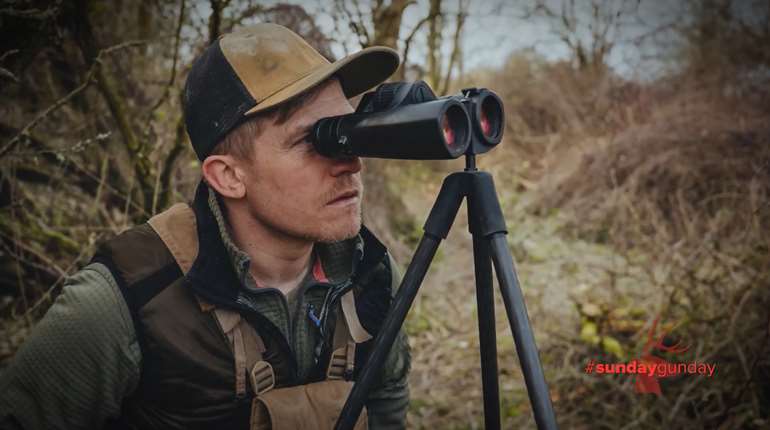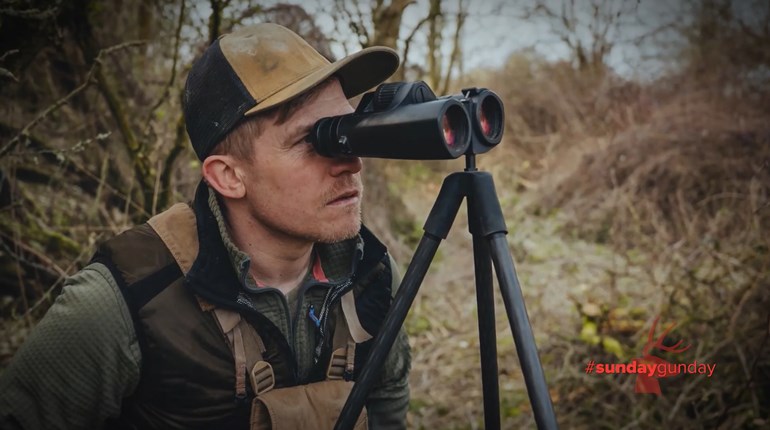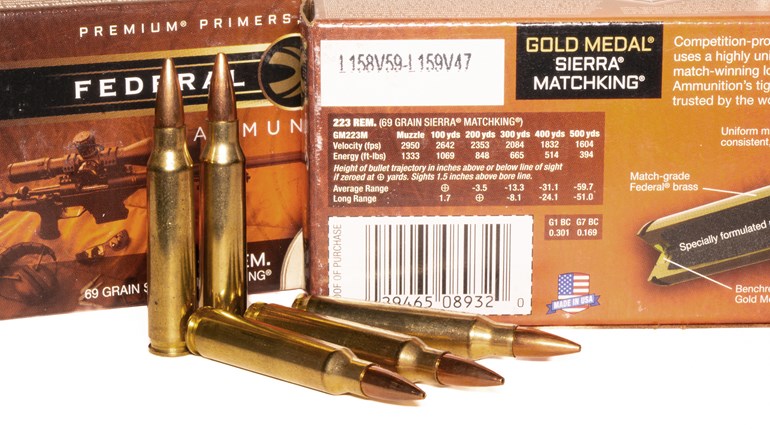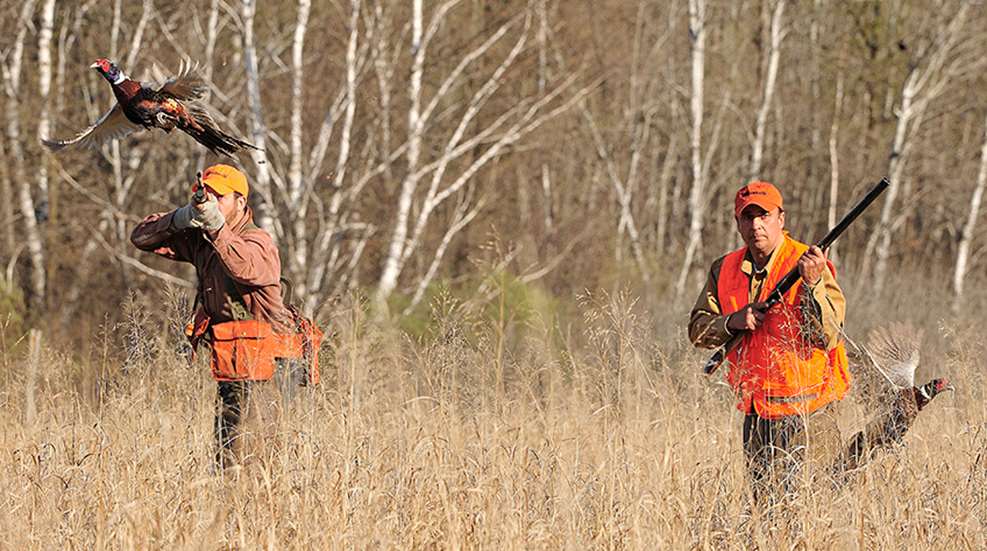
You can nudge pheasants into directions benefiting you and your hunting partners by devising a plan based on known behavior of this favorite and tasty immigrant.
Prod Them Away from Hunting Pressure
Most properties, particularly public plots, experience constant hunting. Pheasants adapt by either flushing quickly from hunter gathering points, such as designated parking areas, or simply staying clear of busy property corners. Either scenario equals pheasants flying away from the fray. Take advantage of this anticipated action.
If the property has a back door, you can let your nimrod brethren execute the pheasant drive for you. Arrive early from the opposite direction of heavy hunting pressure and hunker in cover. When shooting hour arrives the masses will flush pheasants your way. If you can’t wait for the help of other hunters, split your party and direct half of it to sneak into the same pheasant getaway location. The other half of your party kicks off their hunt back at the starting point assigned by management officials. The walkers may get a shot or two, but if you’ve inconspicuously snuck into place, the sneaky group should be front row to flying fugitives.
Minimal Escape Options
Once the season starts it can be near impossible to stop pheasants from flushing wildly out of shotgun range. Don’t fret. Pheasants didn’t evolve as long-range fliers; they burst from cover to cover in short hops. Scout for properties interspersed with open tracts from farming or grazing activity; a hunting app provides an excellent platform to survey surrounding landscape. When combined with a drive-by confirmation, you can begin formulating a plan to encourage birds to flee to past comfort zones via repeated provocation on your part.
Your first attempt at flushing birds may end in frustration as they burst out of range, but continue the attack and move on to their next landing zone. Within two to three commuter flights they’ll tire and hold tight in their latest hideout. Move slowly and let your dog do its work looking for panting birds buried in the brush.
Give Them False Hope
Maybe you can’t locate a patchwork of cover with open ground in between: Your only option may be a large field. Look for any interior habitat pheasants would seek as sanctuary then gather several buddies and push toward the center. As you converge on the best cover, transition the push to a semicircle with flanking pressure. Decelerate to increase anxiety and coerce birds to hold as they sense danger from all sides. As the group congregates, the exploding spectacle of pheasants should be memory-making.
Finally, on every outing, especially on new ground, make note of the escape routes pheasants use as well as their landing zones. Like whitetails, pheasants repeatedly escape to the same locations once they’ve experienced a successful breakout. Knowing where they prefer to bolt gives you added information the next time you want to encourage them to go your way.












